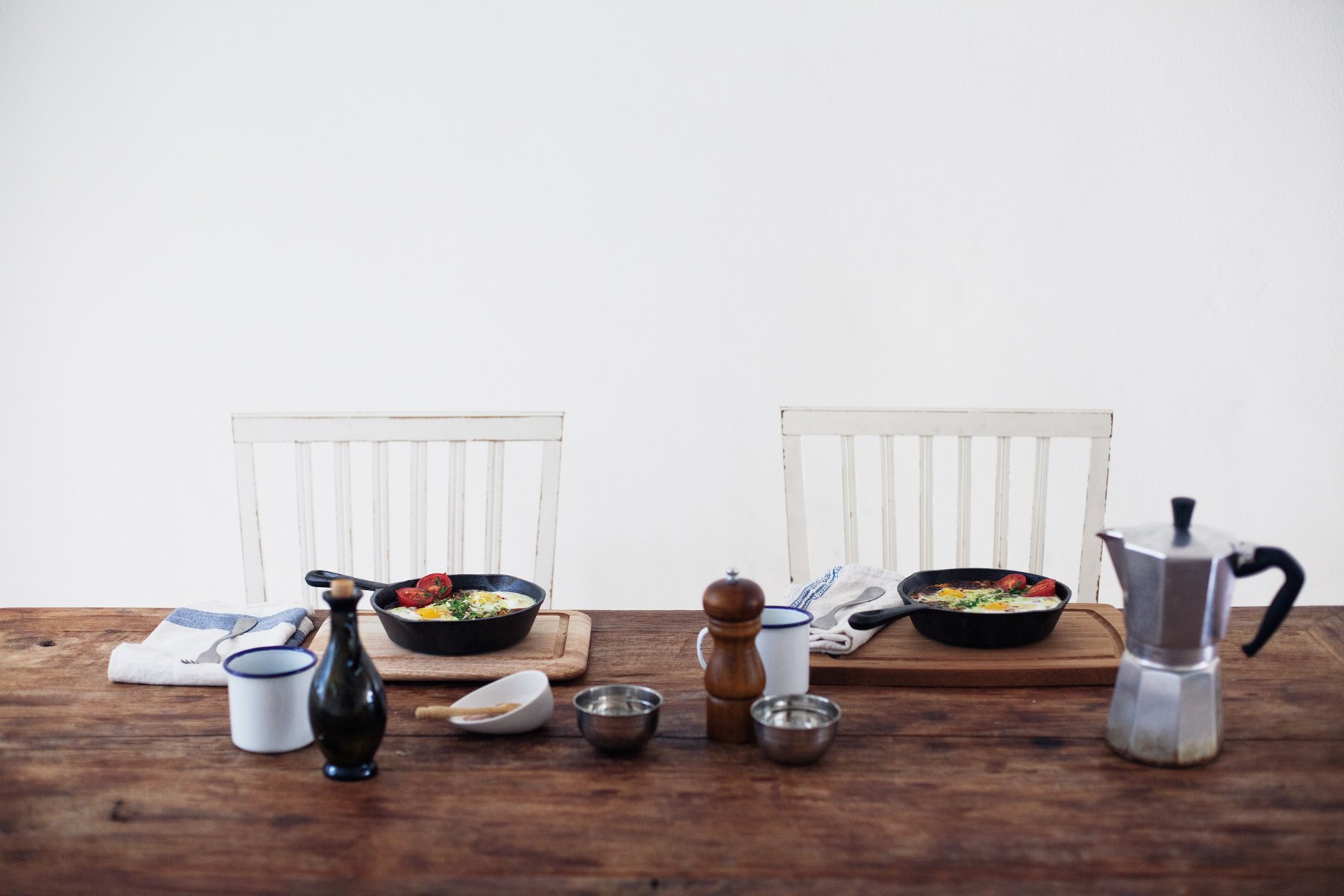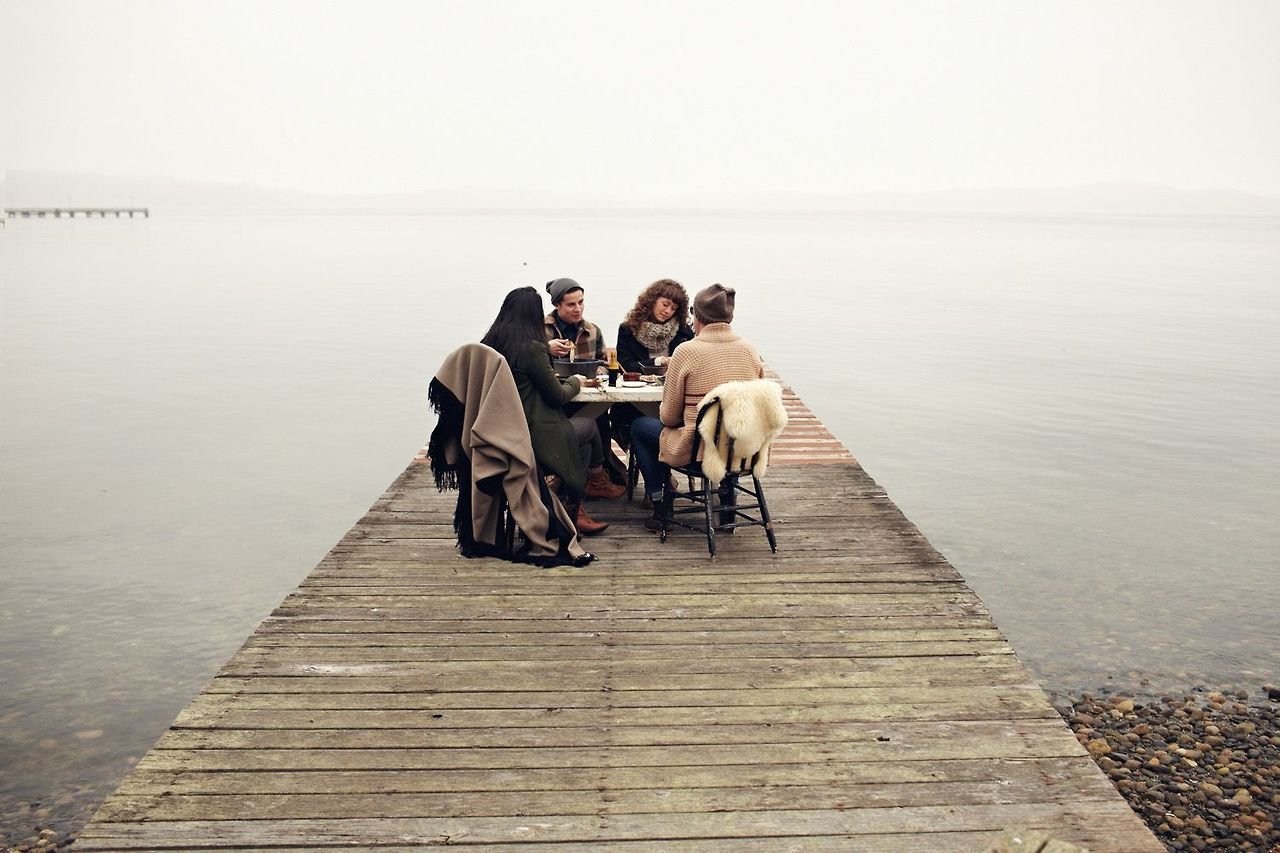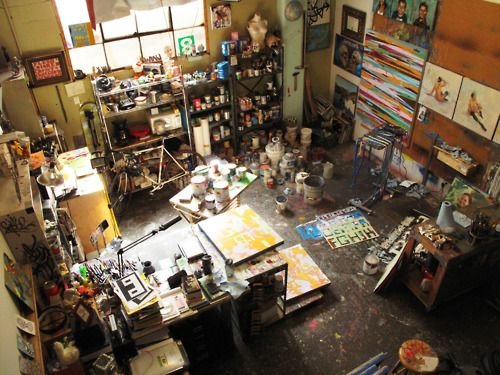Your Life Doesn’t Need to Fit in a Mason Jar
Thanks for this entirely new concept Kinfolk
There is a magazine called Kinfolk, based out of Portland, Oregon, that exists both online and in print, and it has become something of a lifestyle scripture for the young, educated, linen-clad demographic who insist they are above magazines while secretly buying one that tells them exactly how to be above magazines. It is a publication that prides itself on rejecting the gaudy maximalism of traditional glossies and instead whispers its authority through matte pages and muted tones, offering not splashy headlines about celebrity divorces but photographs of rosemary sprigs in recycled jars, hand-thrown pottery arranged as though touched by angels, and helmetless women gliding past you on one-speed bicycles that are somehow both impractical and transcendent.
"Because people ruin brunch"
The slogan of Kinfolk is “Slow Living,” which sounds noble until you remember that “living slowly” is only possible if you can afford to opt out of living quickly. Each issue is filled with photographs, essays, and interviews that suggest a life of quiet beauty and cultivated restraint, the kind of life where brunch is not an indulgence but a spiritual exercise, and where a single whisk on a wooden countertop can say more about your values than an entire political manifesto. The images are sparse, the palette is muted, and every detail suggests a world where beauty and control are perfectly balanced, and yet the overall effect is less like a warm invitation and more like having a conversation with someone who clearly thinks they are cooler than you and is waiting for you to realize it.
"Obviously this is my dinner table"
The brilliance, and perhaps the danger, of Kinfolk is that it does not just show you a photograph of linen dresses drying in the sun; it convinces you, for a brief moment, that a life of linen dresses drying in the sun is both possible and morally superior. It is an aesthetic that markets not just objects but an atmosphere, one that suggests that real happiness is not loud, chaotic, or cluttered but found in the crisp edge of a wool blanket on a cabin chair, or in the perfect angle of sunlight on a half-eaten rustic loaf. The appeal lies in its beauty, which is undeniable, but also in its unattainability, which is quietly haunting.
"Yah, this designer sweater looks kind of canoey"
The magazine ambiguously celebrates food, home, and lifestyle, which is hardly a revolutionary concept in the long tradition of magazines designed to make you feel like your life is a little inadequate. The difference is that Kinfolk aims itself at a more “artistic” audience and so its pages are filled with houses where the furniture looks as if it was sourced from a vintage shop yet has somehow been stripped of any actual character, with blank walls that radiate a kind of curated emptiness, and with plants so pristine in their jars that you begin to suspect they may actually be plastic. The people in these pages are usually graphic designers or artisanal coffee shop owners, individuals who appear impossibly stylish while insisting in the accompanying interview that their look requires no effort whatsoever, as though their natural state of being just happens to involve immaculate linen and perfect bangs. The food they promote is most often a squash or an asparagus, presented as if these rather ordinary vegetables are vessels of ancient wisdom, promising us the purity we are meant to believe is absent from our lives of fluorescent lighting and reheated leftovers.
The magazine itself arrives not as a disposable glossy but as a compact, book-shaped object, priced at around twenty-five dollars an issue, a detail that makes it less of a casual read and more of a coffee table accessory, a kind of cultural passport that signals you understand beauty when you see it. And I will admit, I like Kinfolk. It is an impressive magazine, every bit as good at what it does as Time or Cosmopolitan, except instead of political scandals or celebrity gossip it delivers photographs of wool blankets and rustic spoons. But I will be damned if I believe this is a realistic or even desirable representation of life. Life is not beige and antiseptic. It is messy, chaotic, colourful, busy, and dazzlingly beautiful precisely because it resists being staged. Happy homes are filled with paint stains on the carpet, with furniture salvaged from garage sales, with plants that lean sideways in pots caked with actual dirt, with inexpensive haircuts that grow unruly in the summer, and with kitchens so cluttered they reveal the courage of genuine culinary experiments.
My friend's studio who makes amazing paintings and always has messy hands
The truth is that nobody lives like this, not even the people featured in the magazine. Slow living is not a lifestyle, it is a photoshoot. The woman arranging sprigs of rosemary is not a prophet of simplicity; she is a model being paid to look like she has never had Wi-Fi. The man with the minimalist kitchen is not immune to clutter; his clutter is hidden in a storage unit, off-frame. What Kinfolk sells is not life as it is lived but life as it might appear if carefully staged, lit, and cropped. It is minimalism as aspiration, the promise that you can transcend the ugliness of ordinary existence if only you embrace the right haircut, the right ceramic bowl, the right bicycle without a helmet.
A sincerely happy kid
It is not that the magazine lies, exactly. It is that it advertises a lifestyle that exists only on the page, a curated dream of quiet minimalism that collapses the moment you leave the cabin and hit traffic, or spill coffee on your linen, or remember that slow living is a luxury reserved for people with enough money to live fast if they wanted to.
Potentially frustrating for parents, still awesome
Kinfolk, like countless Instagram accounts and boutique storefronts in hip neighbourhoods, offers attractive snapshots of a concept rather than an actual lifestyle. Real life refuses to be pressed into tiny, curated boxes, and that refusal is precisely what makes it beautiful. Do not let anyone convince you that the “life of an artist” can be purchased or packaged, because real artists have dirt under their fingernails, half-finished canvases stacked against messy studio walls, and the chaotic relics of lived experience scattered throughout their homes. A lifestyle should not be advertised to you like a candle or a cardigan; it should be shaped by you, in all of its clutter and colour, and that freedom to define it yourself is the most authentic part of living.







